Studying spatial learning and memory with Cincinnati Water Maze
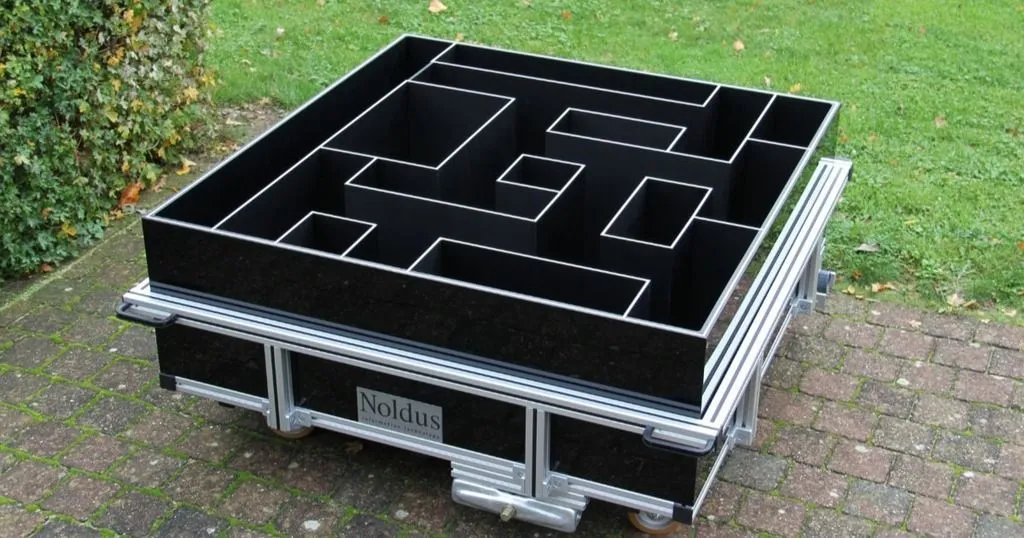
Studying spatial learning and memory is important to develop treatment for Alzheimer's and other diseases influencing on orientation and navigation. One way to study it is with Cincinnati Water Maze.
Posted by
Published on
Fri 23 Oct. 2020
Topics
| EthoVision XT | Learning And Memory | Mice | Rats | Video Tracking |
Spatial learning and memory plays an important part in our everyday lives. Orientation in space, finding a path to our desired destination, and remembering where different objects or buildings are located, seems natural to most of us. Unfortunately, some diseases like Alzheimer’s, Cushing’s, or epilepsy make spatial orientation and navigation a lot more difficult. Research on spatial learning and understanding specific brain areas involved in spatial memory is therefore important in order to develop new treatments for these types of diseases.
Brain regions responsible for memory
The brain is a complex and dynamic network. Even though there is no brain region responsible for only one specific function, the hippocampus appears to play a crucial role in spatial memory. With its connections to the medial temporal lobe, and links to the retrosplenial cortex and parietal cortex, it allows an organism to navigate and orientate in its environment.
The importance of the hippocampus
Interestingly, people that need an outstanding spatial navigation in their daily lives, for example taxi drivers, have bigger hippocampus and more connections to other parts of the brain. On the other hand, atrophy in the hippocampus leads to impairments in navigation and spatial orientation. We can for example clearly see this as an early sign in patients with Alzheimer disease.
Through manipulation, such as lesions, optogenetics and electrophysiological studies, researchers discovered that the hippocampus plays an equally important role in spatial memory of animals. Because of this, research on animals can help us find new treatments for diseases, such as Alzheimer’s.

Studies of spatial learning and memory on animals
Many researchers use a water maze in their studies of spatial learning and memory in reaction to genetic modification or treatment. Rodents require very little training in water mazes as they learn very quickly that they can escape the water if they search for a hidden platform underneath the water surface. Water works as a motivator to escape by itself, meaning there is no need for additional reward or reinforcement. With help of a video tracking tool (such as EthoVision XT), it is possible to measure many parameters like the amount of time the animal needs to reach the platform, distance moved, latency etc.
Different water mazes
Depending on their study, researchers use different kind of water mazes. The most commonly known is a Morris Water Maze where researchers place a rodent in a large circular pool. In this test, subject is required to find an invisible platform from different start locations.
A second commonly used maze is Cincinnati Water Maze (9 unit multiple T maze), which we consider as a modified version of the Biel Water Maze (6 unit multiple T maze). Before the start of the first trial, animals are tested for their swimming ability and trained to find the platform under the water surface in a straight water channel. Afterwards, the real test starts and rodents have to find their way to the end of the maze by allocating the open sides of each T. Every time they navigate to the dead-end or return back to the start arm after leaving it, researchers count this as an error.
Another maze some researchers use is Radial-arm Water Maze where they use negative reinforcement.
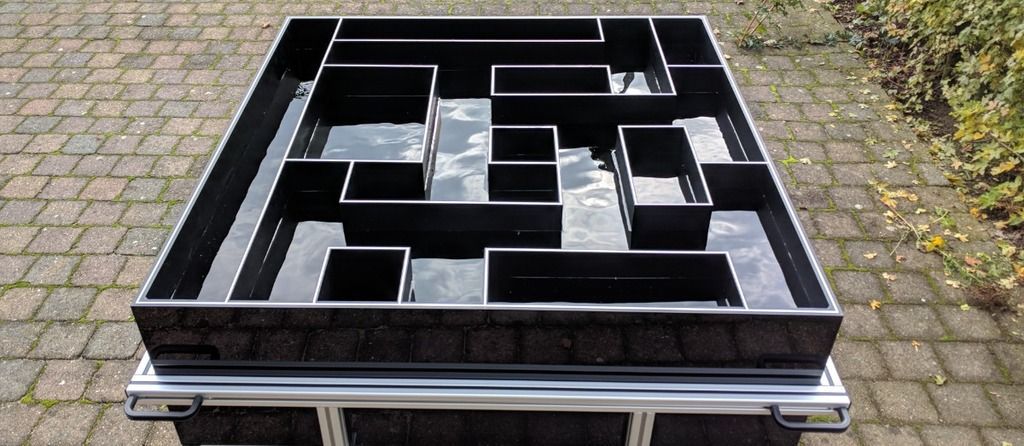
Morris Water Maze vs Cincinnati Water Maze
When comparing the two most commonly used water mazes, we can find three major differences between them:
- In the Morris Water Maze, it is not possible to measure a number of errors that an animal makes before reaching the escape platform.
- The Cincinnati Water Maze has a more complex pathway to the escape platform.
- The Cincinnati Water Maze is recommended for studying egocentric navigation (using self-movement, internal cues) in the contrary to Morris Water Maze which is recommended for research on allocentric navigation (with the help of external cues in the environment).
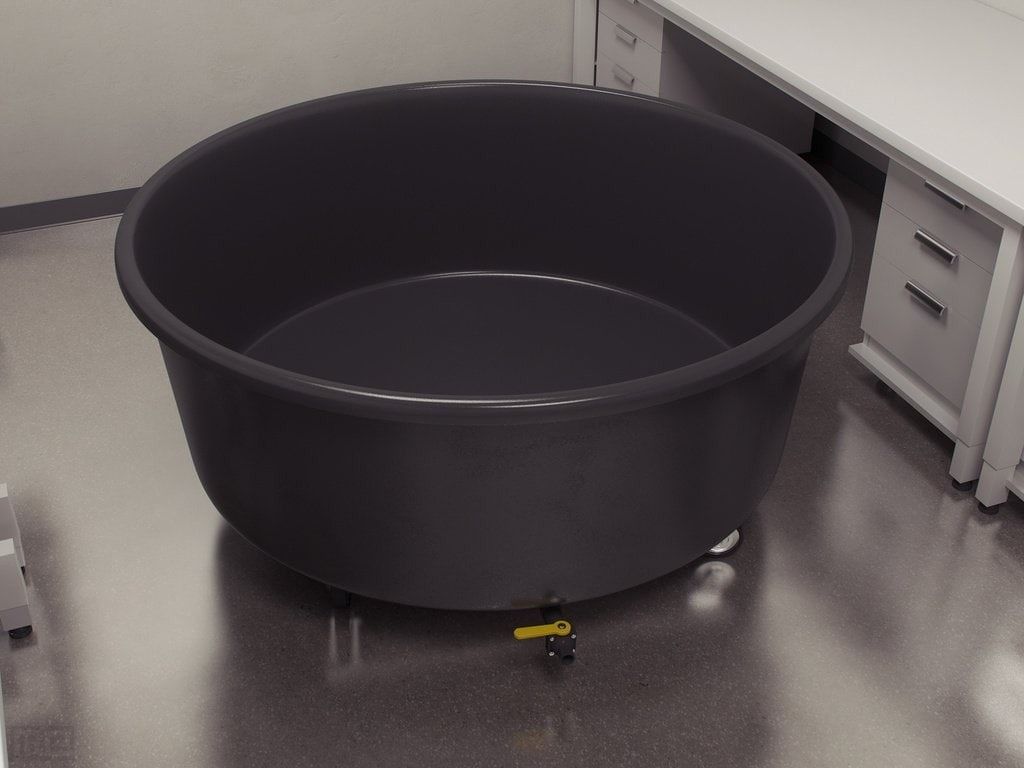
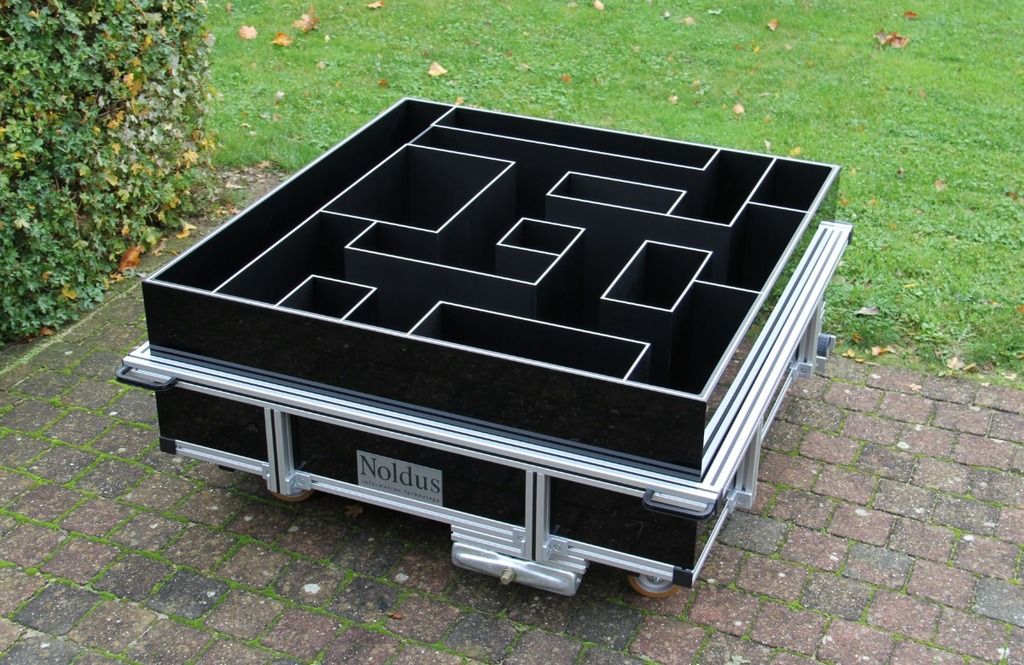
Conclusion
Further research on spatial memory and learning is important in order to search for effective treatments for different diseases such as Alzheimer's and Cushing's. Since the water works as a motivator for rodents, researchers often use a water maze for these kind of research. Depending on the research question, scientists can choose between different types of water mazes. For testing egocentric navigation, learning, and memory on different drugs and lesions in animal disease models, the most suitable choice could be a Cincinnati Water Maze.
References
Arias, N., Mendez, M. and Arias, J. L. (2014). Brain network underlying navigation in the Cincinnati water maze with external and internal cues. Neuroscience Letters, 576, 68-72.
Braun, A. A., Amos-Kroohs, R. M., Gutierrez, A., Lundgren, K. H., Seroogy, K. B., Skelton, M. R., Vorhees, C. V. and Williams, M. T. (2015). Dopamine depletion in either the dorsomedial or dorsolateral striatum impairs egocentric Cincinnati water maze performance while sparing allocentric Morris water maze learning. Neurobiol Learn Mem, 118, 55-63.
Grech, A. M., Nakamura, J. P. and Hill, R. A. (2018). The Importance of Distinguishing Allocentric and Egocentric Search Strategies in Rodent Hippocampal-Dependent Spatial Memory Paradigms: Getting More Out of Your Data.
Vorhees, C. V. and Williams, M. T. (2016). Cincinnati water maze: A review of the development, methods, and evidence as a test of egocentric learning and memory. Neurotoxicology and Teratology, 57, 1-19.
Vorhees, C. V. and Williams, M. T. (2014). Value of water mazes for assessing spatial and egocentric learning and memory in rodent basic research and regulatory studies. Neurotoxicology and Teratology, 45, 75-90.
Related Posts
How to unravel the long-term memory of cuttlefish: automated video tracking
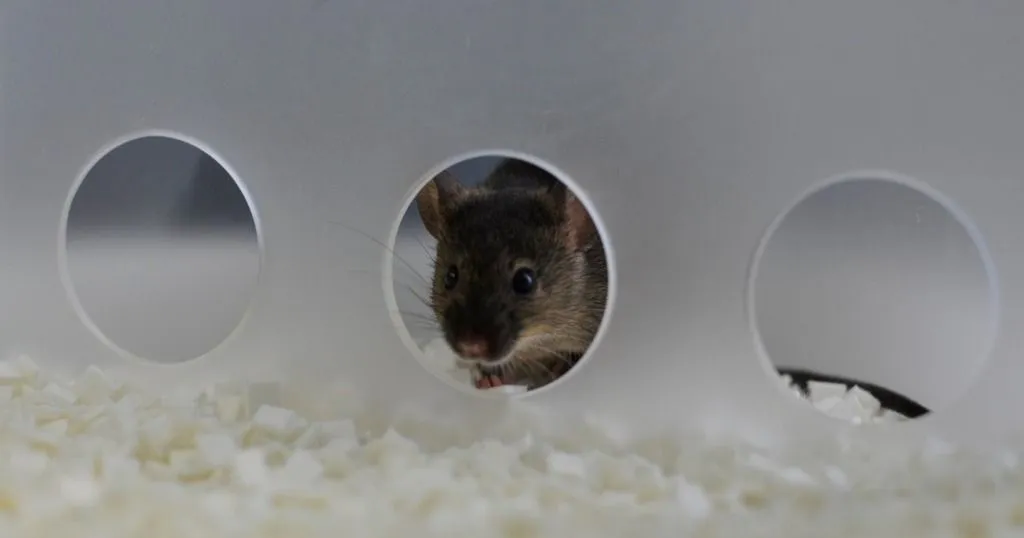
Unlocking the link between CNS infections and cognitive decline

